KDE Plasma 6.4 to Introduce Smarter Tools and UI Improvements
The KDE team has shared an early look at the key updates and refinements heading to Plasma 6.4, the next release in its long-running desktop environment. As KDE continues refining its transition to Qt 6 and Wayland, this release focuses on improving consistency, streamlining user interface elements, and addressing long-standing feedback from users.
While still under development, Plasma 6.4 already shows signs of polish, flexibility, and performance attention, particularly in areas such as session management, window handling, system tools, and cross-device support.
Smoother Wayland Experience
A significant theme in the upcoming KDE Plasma 6.4 release is better integration and maturity on Wayland, the display protocol that has gradually taken over from X11 in many Linux distributions. KDE developers have steadily addressed compatibility and performance gaps in Wayland across previous Plasma releases, but 6.4 promises to reduce some of the final lingering rough edges.
Recent internal testing confirms that touchpad gestures, drag-and-drop interactions, and display scaling all perform with better responsiveness and reduced bugs on Wayland sessions. Work has gone into reducing flickering, ensuring smoother cursor motion across multi-monitor setups, and making window snapping behave more consistently.
KWin, the KDE window manager, has seen backend enhancements that help handle fractional scaling and hybrid graphics setups better under Wayland. Compositor stability has also improved in recent builds, addressing crashes or stutters that previously impacted some workflows.
These refinements move Plasma closer to being a first-class Wayland desktop for both general users and professionals relying on complex multi-screen setups or high-DPI displays.
Visual and Usability Upgrades

KDE Plasma 6.4 introduces subtle but meaningful adjustments to its visual components, aiming to enhance usability without major overhauls. Users can expect cleaner layouts, improved contrast in System Settings, and more polished theming defaults.
The Breeze theme—KDE’s flagship visual style—has received minor updates to accent colors and widget spacing for better readability. The Kickoff application launcher is also more efficient, showing more content at once and making categories easier to access. Several spacing adjustments across menus and panels bring a neater feel without disrupting muscle memory for existing users.
Additionally, Plasma 6.4 benefits from the ongoing work on “Volatile Sessions.” This system-level enhancement allows users to log into a Plasma session where changes made during that session are discarded on logout. Ideal for shared machines or temporary use cases, the feature adds a layer of convenience while also enhancing privacy.
System Settings Refinements
One of the areas under active improvement for Plasma 6.4 is System Settings. KDE developers have reorganized various settings to provide a more intuitive flow. Several advanced options previously buried under multiple tabs have now surfaced in a more discoverable way, and the search functionality has been upgraded to handle broader keyword matches.
Font rendering settings now present clear distinctions between anti-aliasing modes and hinting levels, while display configuration provides a more visual, drag-based arrangement of screens. The Firewall settings page is expected to support more granular control over incoming connections, streamlining security for advanced users without compromising beginner-friendliness.
With a more transparent structure and better navigation, these updates should make system customization feel less overwhelming, especially for those new to the Linux ecosystem.
Discover Enhancements and Package Management
Plasma’s software center, Discover, continues to evolve as well. For the 6.4 cycle, updates are being made to how updates and application metadata are handled. The new version will load application pages faster and handle update failures with more informative error reporting.
One of the key backend improvements is better Flatpak and Snap support. Discover will now prioritize showing the user which package format they are installing and will provide a more transparent update flow when multiple versions of an app are available. These improvements help users make better choices around sandboxed vs. system-level installations.
Also planned is an update to the background service that manages unattended updates. Better logging and more precise rollback mechanisms should give users more confidence in enabling automatic updates.
Notifications and Widgets
The KDE team has continued refining its notification system in Plasma 6.4. Notifications now include subtle animations and clearer grouping when dealing with repeated messages, such as USB events or file transfer statuses. Dismissing multiple similar alerts has been simplified to reduce clutter.
The System Tray widget has also been refined. Battery, Bluetooth, and audio indicators now behave more consistently and are easier to interact with on touch screens. For example, tapping battery icons shows more readable tooltips and access to power profiles with more transparent labels.
Another welcome improvement is the quick settings toggle UI. The toggles are now better organized and offer more customization, allowing users to choose which switches—like Do Not Disturb or Night Color—appear prominently. It gives users quicker access to commonly needed features without diving into full settings menus.
Panel and Task Manager Tweaks

KDE’s flexible panel system is receiving a few more options in Plasma 6.4. The Task Manager widget now supports configurable thumbnail sizes for window previews, and drag-and-drop behavior between virtual desktops has been refined. Pinned apps can now show badge indicators for notifications or background activity when supported by the application.
The panel auto-hide behavior is also more responsive and avoids unintentional activation when near the screen edge—an annoyance that many users flagged in past releases. Panels will respect window boundaries more accurately, making fullscreen applications like video players and IDEs behave more reliably.
These minor but focused tweaks aim to preserve the strength of KDE’s customization while improving daily usability.
Conclusion
KDE Plasma 6.4 is shaping up to be a carefully tuned release that focuses on polish, performance, and platform maturity. With enhanced Wayland support, updated settings navigation, more intelligent widgets, and visual consistency improvements, it continues KDE’s vision of offering a powerful yet approachable Linux desktop.
Though the final release date hasn’t been confirmed, ongoing testing and feedback suggest that KDE Plasma 6.4 will be a welcome upgrade for current users and an inviting entry point for new adopters.
Related Articles

Microsoft Planner vs. Trello vs. Asana: In-Depth Product Analysis

Coda vs. Notion: Choosing the Best Workspace App in 2025

Elevate Your Strategy with the Best Content Marketing Tools of 2025

Step-by-Step Guide: How to Create Recurring Tasks in Notion with a Template
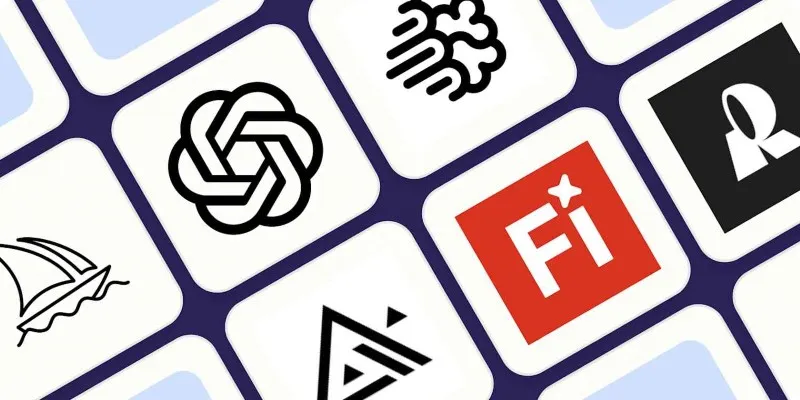
The 8 Best AI Image Generators in 2025 to Bring Your Ideas to Life

Mastering MPEG to GIF Conversion: Tips and Tools You Need

Top Online Graphic Design Tools for 2025: Canva, Figma, and More
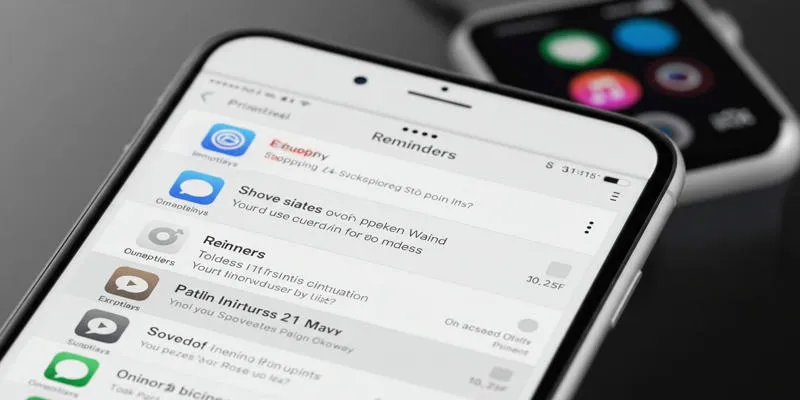
Syncing Apple Reminders with Microsoft To Do
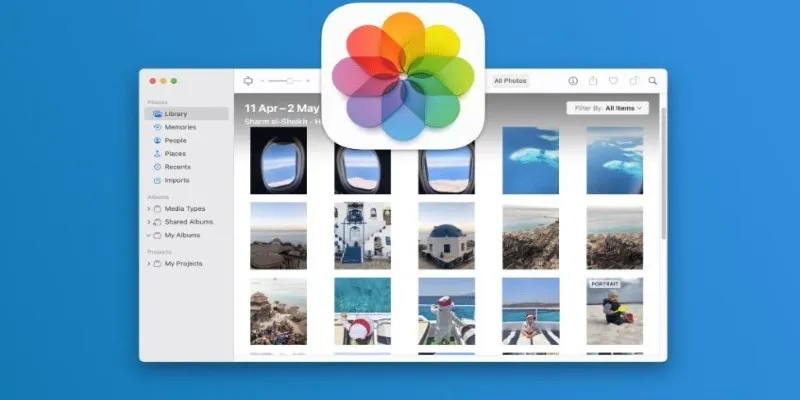
Merging iPhoto Libraries on Mac: Easy Methods to Keep Your Photos Safe

The 8 Best Content Marketing Tools in 2025 to Elevate Your Strategy
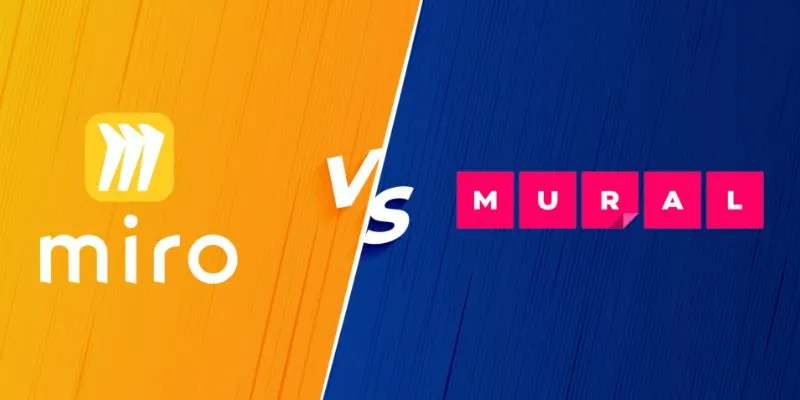
Miro vs Mural: Which Visual Collaboration Tool is Right for You?

Step-by-Step Guide: How to Create Recurring Tasks in Notion with a Template
Popular Articles
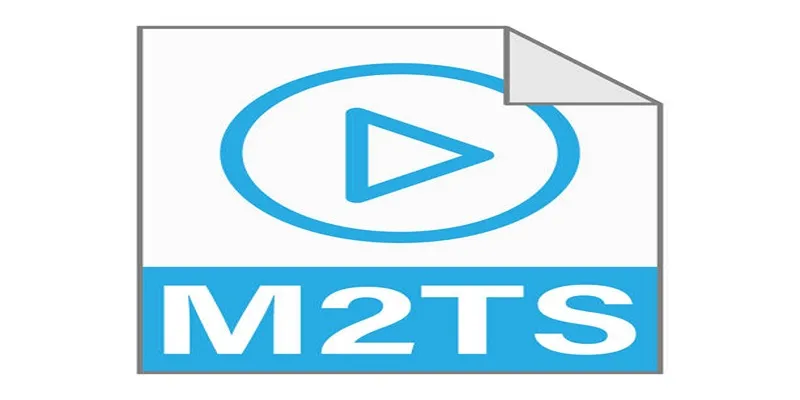
Top Free Methods to Convert M2TS Files to QuickTime MOV

A Beginner’s Guide to Wondershare DVD Slideshow Builder Deluxe

From Raw to Cinematic: Top Editing Software for DJI Footage

Top Tmux Wrapper Tools for Improved Terminal Management in 2025

Top Cloud Storage Solutions for Secure Online File Management

Top Single-User Wiki Software to Organize Personal Notes Effectively

The 10 Best Competitor Analysis Tools in 2025 to Level Up Your Strategy

Best Free Methods to Convert AVI to MP4 Format for Your Kindle Fire

7 Best WordPress Help Desk Plugins for Superior Customer Support
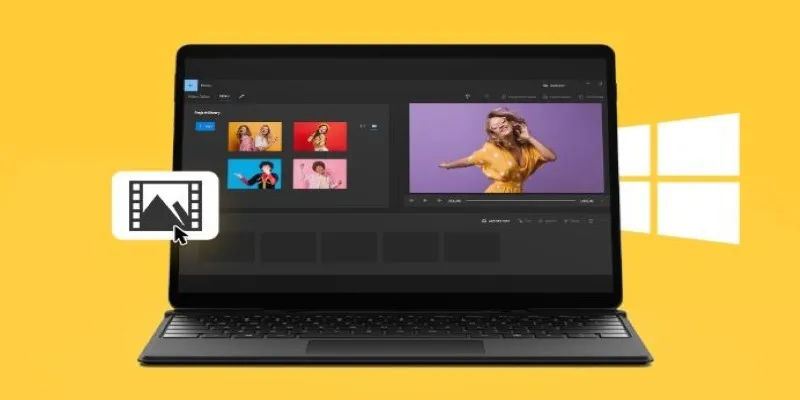
Windows 10 Video Editing: 10 Best Software Reviews

How to Create Google Calendar Events from Microsoft To Do Tasks: A Guide

 mww2
mww2